Air defense of the Republic of Korea. Airspace control radar systems and missile systems of object air defense and missile defense
Before starting a review of South Korea's air defense system, I want to tell you how the idea arose to make a publication on this topic. Once again I am convinced that the comments of some visitors to the "Military Review" are an inexhaustible source of inspiration. In the past, after the categorical statements of a very "patriotic" resident of fraternal Belarus, who stated that before the purchase of the Russian S-400 air defense systems, Turkey did not have its own air defense system, I made a review from several parts on stories development and condition Air Defense of the Turkish Republic.
However, this comrade, when he was told that an article had been written especially for him, literally stated the following:
Well, I also learned along the way that my publications are "Russophobic", and I myself live in Haifa.
Recently in the section "News»In the publication "In the West, they note the complete digitization of the S-350 Vityaz air defense system another commenter wrote:
It was after such another example of Russian "patriotic" thought that the idea was born to make an overview of the air defense system of the Republic of Korea and consider how and what the American bases in this country are covered with. It is clear that the "patriots" will most likely remain unconvinced, they rarely look at the "Armament" section. But I would like to hope that a significant part of the readers will still be interested in how the air defense and missile defense system of the Republic of Korea is built, what objects cover and where the KM-SAM air defense systems are deployed.
Since the middle of the last century, Seoul has been Washington's closest ally, a large American military contingent has been deployed on the territory of the Republic of Kazakhstan, and close defense cooperation is being conducted between the countries. Until the mid-1980s, the South Korean army was almost fully equipped weapons American-made or produced under American licenses at national enterprises. The development of high-tech industries: mechanical engineering, aircraft construction and electronics made it possible to move on to the creation and production of our own models of military equipment and weapons. At the same time, the government of the Republic of Kazakhstan regularly purchases certain types of defense products abroad, but at the same time the United States continues to be the main partner in military-technical cooperation. The Republic of Korea, with a relatively small area of the country, is among the ten countries with the highest defense budget. In 2019, about $ 44 billion was spent on military needs, which makes it possible to equip the armed forces with the most modern and high-tech weapons.
The South Korean radio and anti-aircraft missile forces are part of the Air Force. In addition to long-range and medium-range air defense systems, designed to provide object air defense and missile defense, the ground forces of the Republic of Kazakhstan have short-range anti-aircraft missile systems and rapid-fire small-caliber anti-aircraft artillery installations. South Korean URO destroyers make a significant contribution to the provision of air defense of coastal areas.
Radar airspace control of the Republic of Korea
Currently, the territory south of the 38th parallel is very tightly controlled by means of radar control. Currently, there are 18 permanent radar posts operating in South Korea. Four stationary posts are located at a distance of less than 20 km from the line of demarcation with the DPRK, that is, within the reach of North Korean long-range artillery.
The presented diagram shows that more than half of the radars are located in areas bordering the DPRK. Radars located on the coast and islands also control part of the territory of the PRC and Japan.
Most of the stationary radar posts with high-power radars are located on natural heights, are well equipped in engineering terms and are adapted for long-term combat duty.
According to information published in open sources, the Command of the Radio-Technical Troops, which is organizationally subordinate to the Air Force, has up to 25 medium and long-range radars at its disposal. The Radio Engineering Command is entrusted with the task of guiding subordinate forces and means designed to ensure constant control of the airspace over the territory of the country and adjacent sea areas, as well as to detect, identify and track aerodynamic and ballistic targets, aim fighters at them or issue target designations to ground-based weapons. Subordinate to the command are two groups of control and management, two radio engineering brigades for airspace control and a separate squadron of AWACS aircraft. Taking into account the area of South Korea, even if 2/3 of the existing radars fail, the remaining ones guarantee the presence of a continuous radar field over the entire territory of the country and will ensure control of the southern regions of the DPRK and the sea water area at a distance of 150-200 km.
The main part of the radars that constantly monitor the airspace of the Republic of Kazakhstan and adjacent territories are new stations that meet modern requirements. However, there are exceptions: until recently, the AN / MPQ-43 radars, built in the mid-1960s and delivered to South Korea along with the American long-range air defense systems MIM-14 Nike-Hercules, were in operation. Approximately 15 fixed radar posts are equipped with FPS-303K radars from LG Precision. Since 303, the FPS-2012K radars have been replacing the AN / TPS-43 radars produced in the United States during the Cold War.
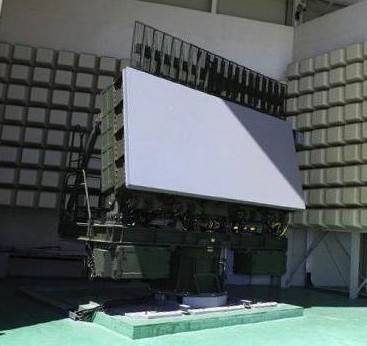
The FPS-303K radar with AFAR is installed permanently under a radio-transparent dome, which protects against adverse meteorological factors. According to the information published on the manufacturer's website, the three-coordinate radar can function in automatic mode, transmitting data on air targets directly to the air defense command post. The FPS-303K radar operates in a frequency range of 2-3 GHz and, when located on a hill, is capable of detecting a MiG-21 fighter flying at low altitude, at a distance of 100 km. The maximum detection range of medium-altitude targets exceeds 200 km.
Also on the territory of the Republic of Kazakhstan there are four AN / TPS-63 radars. This radar operates in the frequency range 1,25-1,35 GHz, its instrumental range is 370 km.
Unlike the stationary FPS-303K, the AN / TPS-63 radar manufactured by Northrop Grumman can be relocated within a reasonable time and used to eliminate "holes" in the radar field.
The Republic of Korea is a member of the elite club of countries with long-range radar patrol aircraft. The Air Force has four Boeing 737 AEW & C (E-7A) AWACS aircraft. This aircraft was originally created by order of Australia on the basis of a passenger Boeing 737-700ER and in terms of its capabilities is an intermediate option between the E-3 Sentry (E-767) and the E-2 Hawkeye. The use of a relatively inexpensive Boeing 737 airliner and a more compact, although not so productive and long-range radar as a base, made the AWACS aircraft much cheaper.
The basis of the Boeing 737 AEW & C (E-737) radar system is the AFAR radar with electronic beam scanning. Unlike the American E-3 and the Japanese E-767, the aircraft uses a multifunctional MESA radar with a fixed antenna and a laser defense system against missiles with an IR seeker AN / AAQ-24 by Northrop Grumman. Communication equipment and electronic intelligence was developed by the Israeli company EIta Electronics.
To provide a 360 ° field of view, the aircraft uses four separate antennas: two large on the plane's axis and two small ones that look forward and backward. Large antennas are capable of viewing a 130 ° sector to the side of the aircraft, while smaller antennas monitor 50 ° sectors in the nose and tail. The radar system operates in the 1-2 GHz frequency range, has a range of 370 km and is capable of simultaneously tracking 180 air targets, automatically dropping information on ground command posts and aiming interceptors at them. The integrated electronic reconnaissance system detects radio sources at a distance of more than 500 km.
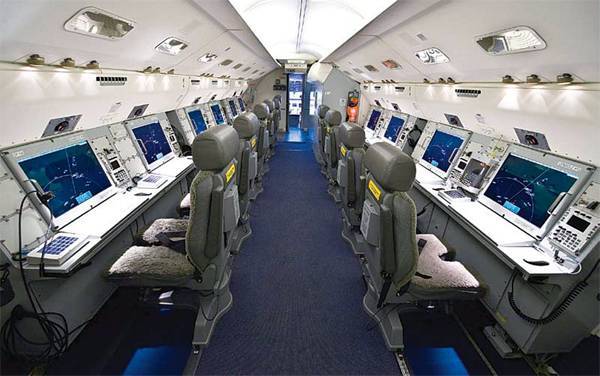
An aircraft with a maximum take-off weight of just over 77000 kg is capable of a maximum speed of 900 km / h and patrolling for 9 hours at a speed of 750 km / h at an altitude of 12 km. The crew is 6-10 people, including 2 pilots.
On November 7, 2006, Boeing received a $ 1,6 billion contract with South Korea for the delivery of four E-737 aircraft in 2012. The Israeli company IAI Elta also took part in the competition with its AWACS aircraft based on the Gulfstream G550 business jet. However, it should be understood that the defense capability of the Republic of Korea is very dependent on the United States, which has a large military contingent and a number of military bases in this country. Under these conditions, even if the Israelis offered a more successful car on more favorable terms, it was very difficult for them to win.
The first aircraft for the South Korean Air Force was delivered to Gimhae Air Force Base near Busan on December 13, 2011. After passing a six-month test cycle and eliminating the shortcomings, he was officially recognized as fit for combat duty. The last fourth aircraft was delivered on October 24, 2012. Thus, less than 6 years have passed since the conclusion of the contract for the supply of modern AWACS aircraft to its full implementation.
Currently, South Korean E-737s carry out regular patrols along the borders with the DPRK, and also conduct reconnaissance of air and surface targets and identify the location of land and ship radars during flights over the Yellow and East China Seas.
At least one plane takes to the air almost every day. During flights over areas in which there is a risk of interception of an AWACS aircraft by a fighter aviation potential enemy, he is accompanied by heavy South Korean fighters F-15K.
Medium and long-range anti-aircraft and anti-missile systems deployed in the Republic of Korea
Direct combat control of the actions of anti-aircraft missile batteries is carried out from the central command post of the Air Force and Air Defense, located at the Osan airbase. The Air Defense Command is mainly entrusted with the functions of administrative management of anti-aircraft missile units and their material and technical supply. Currently, the Joint Air Force and Air Defense of the Republic of Korea has three anti-aircraft missile brigades equipped with complexes: MIM-104D Patriot (PAC-2 / GEM), MIM-23В I-Hawk, Cheolmae-2 (KM-SAM). To cover the positions of medium and long-range air defense systems, as well as radar posts from air attack weapons operating at low altitudes, short-range complexes KP-SAM Shin-Gung and Mistral are used, as well as towed anti-aircraft artillery mounts 20-mm KM167A3 Vulcan and 35- mm GDF-003.
The main task of anti-aircraft missile brigades is to provide cover for the most important political, administrative and military-industrial centers of the country in cooperation with fighter aircraft, which primarily include the capital region. The brigades have a mixed composition, include divisions of medium, long and short-range air defense systems.
In the past, the long-range MIM-14 Nike-Hercules air defense systems played a significant role in providing the air defense of South Korea. The first stationary positions of "Nike-Hercules" appeared in Korea in the late 1960s, after the massive deployment of Soviet ICBMs devalued numerous air defense systems that were part of the air defense of the North American continent. You can read more about this here: "How Soviet ICBMs Eliminated American Air Defense Systems".
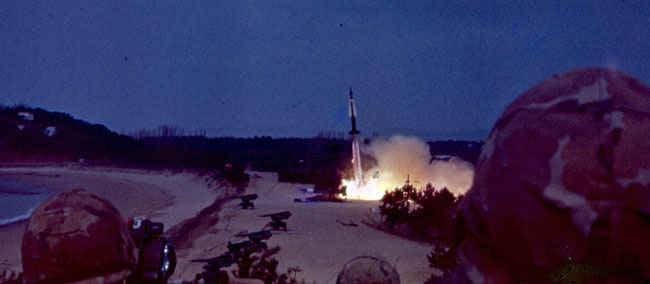
The US-made Nike-Hercules air defense system included bulky radars for detecting and tracking air targets, massive launchers with hydraulic lifts and was actually stationary. Its relocation was difficult and time-consuming. In total, five MIM-14 Nike-Hercules batteries were deployed in South Korea, which controlled almost the entire territory of the country and a significant part of the DPRK's airspace. The Nike-Hercules battery had its own radar facilities and two launch sites with four launchers each.
As part of the Nike-Hercules air defense missile system, a solid-propellant missile defense system was used with a launch mass of about 4860 kg and a length of 12 m, it had a passport range for hitting air targets up to 130 km with an altitude reach of 30 km. The minimum range and height of destruction of a target flying at speeds up to 800 m / s are 13 and 1,5 km, respectively.
However, in practice, a very large anti-aircraft missile with a radio command guidance system with a fairly high probability, in the absence of organized interference, could destroy an air target of the Il-28 type flying at subsonic speed at an average altitude at a distance of no more than 70 km. At a longer range, Nike-Hercules was able to fight such large and low-maneuverable aircraft as Tu-16 and Tu-95. This is due to the fact that the radio command guidance scheme in the case of a large distance from the tracking radar gave a large error. The capabilities of the complex to defeat low-flying targets were insufficient.
South Korea was in the 21st century one of the few countries where the MIM-14 Nike-Hercules air defense system was on alert. Maintaining the hardware part of the air defense system, the first modification of which entered service in 1958, at the final stage of its life cycle, was associated with great difficulties. Although the MIM-14B / C Nike-Hercules modification, also known as the "Improved Hercules", had improved operational and combat characteristics compared to the first purely stationary prototype, the hardware part of the complexes deployed in South Korea had a large share of vacuum devices ... This negatively affected reliability, increased operating costs and increased energy consumption. In addition, the Nike-Hercules was single-channel and could not simultaneously fire at multiple targets. In terms of noise immunity, the air defense system, designed in the 1950s, no longer met modern requirements.
Nike-Hercules' service in the Republic of Korea continued until 2013. However, given the significant number of short-range ballistic missiles in North Korea, the command of the South Korean army decided not to dispose of the obsolete missiles, but to convert them into operational-tactical missiles, called Hyunmoo-1 (translated as "Guardian of the Northern Sky"). The first test launch at a range of 180 km took place in 1986. The conversion of the decommissioned MIM-14 anti-aircraft missiles into the OTR began in the mid-1990s. A modified version of this ballistic missile with an inertial guidance system is capable of delivering a warhead weighing 500 kg to a range of about 200 km. To launch ballistic missiles, both standard launchers of the Nike-Hercules air defense missile system can be used, as well as specially created towed launchers.
Another "dinosaur" of the Cold War, still on alert in South Korea, is the MIM-23В I-Hawk air defense system. The operation of the Hawk family air defense systems, supplied as part of American military assistance, in the armed forces of the Republic of Korea began in the early 1970s. The first low-altitude air defense systems belonging to the American army were deployed on the Korean Peninsula in the mid-1960s.
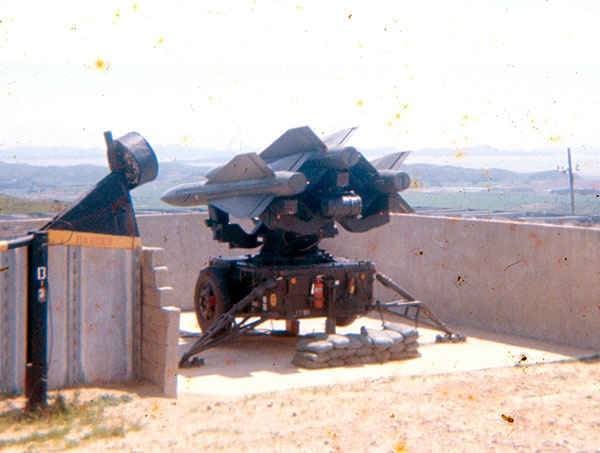
In the 1980s and 1990s, in the south of Korea, there were more than 30 positions of the Hawk air defense system of the South Korean and American armies. In the late 1990s, the American Advanced Hawk air defense systems were decommissioned, and at present, the modernized low-altitude MIM-23В I-Hawk systems belonging to the Air Force of the Republic of Kazakhstan are deployed in Korea. At the beginning of the 21st century, more than 20 MIM-23V I-Hawk batteries were in stationary positions in South Korea. Currently, eight South Korean batteries are in service, deployed in the southern part of the country.
In the early 1990s, the South Korean air defense systems "Improved Hawk" underwent a modernization program and ensure the destruction of air targets at a distance of 1 to 40 km and an altitude of 0,03 to 18 km in a difficult jamming environment. Each battery is connected to a centralized automated air situation warning system, but if necessary, it can operate autonomously.
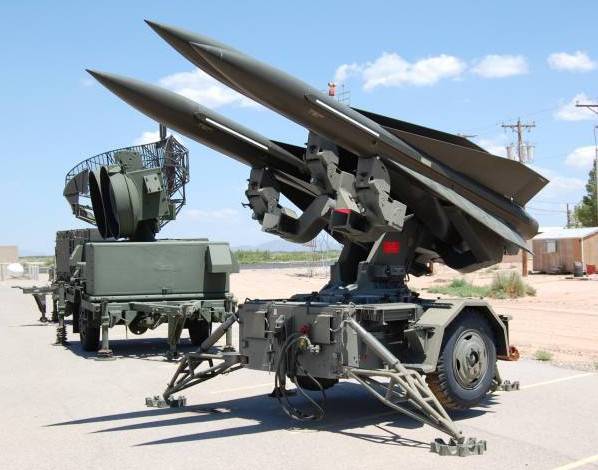
The anti-aircraft missile battery has: a command post, an AN / MPQ-62 radar, an AN / MPQ-64 impulse radar and two fire platoons, a technical support unit with transport-charging vehicles and other auxiliary equipment. The fire platoon consists of an AN / MPQ-61 target illumination radar and three launchers with three missiles on each.
All the MIM-23В I-Hawk air defense missile systems that have survived to this day in the RK are deployed at higher elevations, which allows them to more effectively fight low-altitude air targets. In the past, during the exercises, the air defense units of the Republic of Kazakhstan regularly practiced the transfer and deployment of low-altitude mobile systems in reserve positions.
Currently, the South Korean complexes "Improved Hawk" are close to full resource depletion and will be decommissioned within the next few years.
After North Korea created its own analogue of the Soviet operational-tactical missile R-1980 in the late 17s, the question arose of protecting important military and civilian facilities located on the territory of the Republic of Korea from missile strikes.
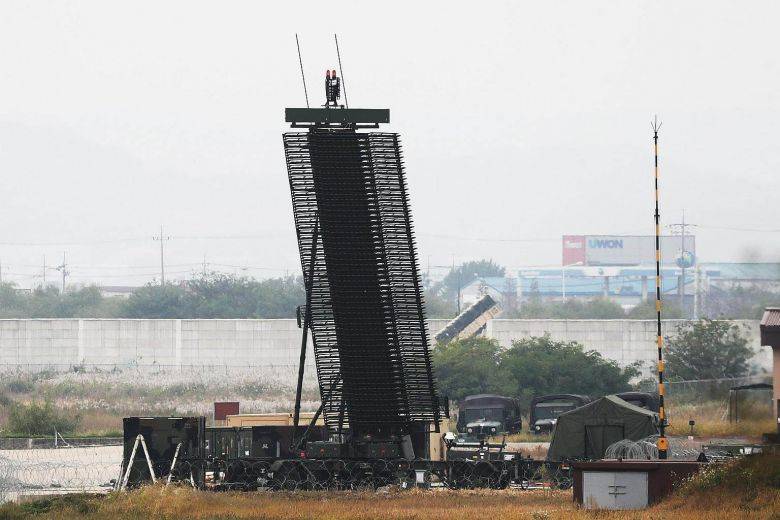
In the mid-1990s, the leadership of the US Department of Defense decided to deploy the Patriot PAC-8 air defense system to cover the American airbases Osan and Kunsan, where the combat aircraft of the 51th Fighter Aviation Regiment and the 2st Fighter Aviation Regiment are based. Currently, US military bases are covered by Patriot PAC-3 complexes, which have higher anti-missile capabilities.
At present, four batteries of the 35th Air Defense Brigade of the US Army are deployed at the American airbases Osan, Gunsan and at the South Korean Suwon airbase. In the past, one American Patriot PAC-2 battery was stationed at the Korean Gwangju airbase. American air defense systems "Patriot" are primarily designed to protect US military facilities located in South Korea.
An anti-aircraft battalion can have up to six fire batteries. The Patriot battery includes: AN / MSQ-104 battery item, AN / MPQ-53 multifunctional radar (for PAC-2) or AN / MPQ-65 (for PAC-3), up to eight self-propelled or towed launchers with four MIM-104 C / D / E missiles on each, AN / MJQ-20 power supplies, communications and antenna-mast devices, transport-charging machines, a mobile maintenance point, tractors and transport vehicles.
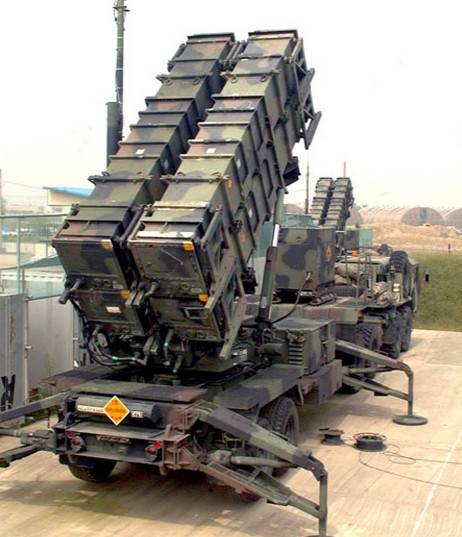
The maximum range of destruction of aerodynamic targets exceeds 80 km, ballistic targets - 20 km. The maximum height of destruction of aerodynamic targets is up to 25 km, ballistic targets - up to 20 km.
In the mid-1990s, the leadership of the Ministry of Defense of the Republic of Kazakhstan initiated a program to create its own SAM-X air defense system, which was supposed to replace the outdated Nike-Hercules. However, due to technical and financial difficulties, the South Korean anti-aircraft missile system did not leave the design stage. In connection with the need to replace the exhausted MIM-14 Nike-Hercules air defense system in 2007, the government of the Republic of Kazakhstan decided to purchase eight MIM-104D Patriot PAC-2 / GEM batteries from Germany. In 2008, former German anti-aircraft missile systems arrived at an air defense training center near the city of Daegu, where Korean crews were being prepared.
In 2015, it became known that the American corporation Raytheon received a contract worth $ 769,4 million to bring the South Korean Patriot air defense system to the level of PAC-3. It is reported that as a result of the modernization of the Patriot PAC-2 GEM purchased in Germany, their anti-missile capabilities will significantly increase. Already, the Patriot air defense system is part of the Korea Air and Missile Defense System (KAMD), a national air and missile defense system being created in South Korea.
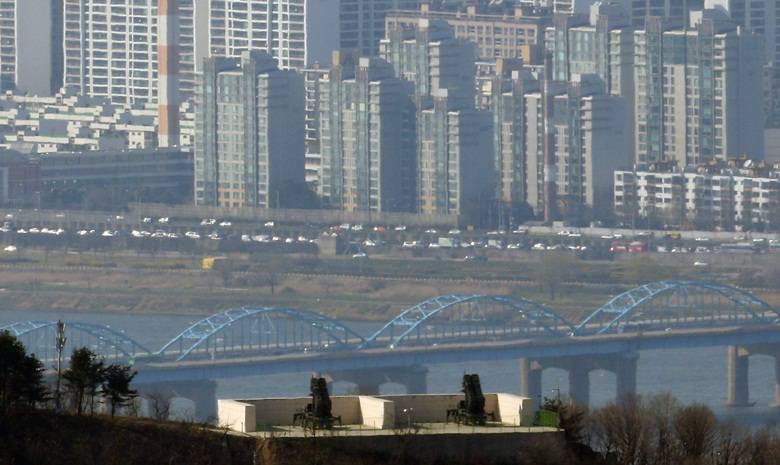
At the moment, Patriot anti-aircraft systems are deployed in the northern and central regions of the Republic of Korea. Taking into account the limited range of interception of ballistic operational-tactical missiles, air defense systems are deployed in the vicinity of large South Korean military bases and important administrative and industrial centers. For example, three batteries are currently deployed south of downtown Seoul. For part of the Patriot air defense system, the former positions of the Hawk air defense system were used.
Another modern anti-aircraft missile system on alert in the Republic of Korea is the Cheolmae-2, also known as KM-SAM. The development of this complex began in 2001, it was jointly led by the Russian concern VKO "Almaz-Antey" and the engineering design bureau "Fakel" in cooperation with the South Korean companies Samsung Techwin, LIG Nex1 and Doosan DST. The customer was the South Korean government's Defense Development Agency.
The battery of the Cheolmae-2 air defense system consists of a radar, a mobile command post and 4-6 self-propelled launchers on the chassis of an off-road truck. Each SPU has eight interceptor missiles housed in transport and launch containers.
The mobile multifunctional three-coordinate radar provides simultaneous tracking of dozens of targets and the firing of several of them, as well as the transmission of target information and the necessary commands to the missile immediately before launch and during its flight.
The radar with an active phased antenna array rotating at 40 rpm operates in the X-band and provides a view of the airspace in a sector up to 80 ° vertically.
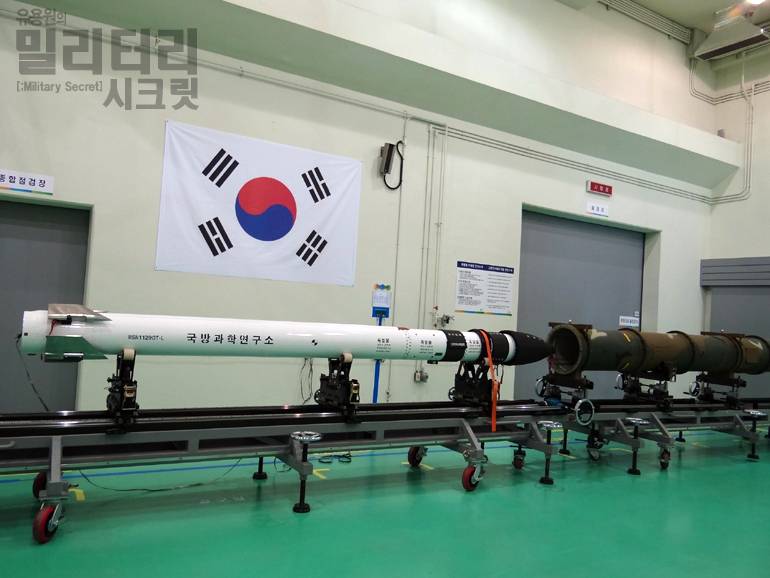
According to information published in open sources, the anti-aircraft missile for the South Korean air defense system Cheolmae-2 was created on the basis of the 9M96 SAM developed by the Fakel ICB. The Korean-made missile defense system is equipped with a combined guidance system: command-inertial guidance at the initial and middle sections of the flight path and active radar at the final one. A rocket with a length of 4,61 m, a diameter of 0,275 m and a mass of 400 kg can perform maneuvers with an overload of up to 50g. The range is up to 40 km, the height is up to 20 km. It is reported that the Cheolmae-2 air defense system has anti-missile capabilities. But it is absolutely obvious that the effectiveness of a complex with a relatively short firing range when used against ballistic missiles will be much inferior to longer-range systems.
All elements of the Cheolmae-2 air defense system have been mass-produced in South Korea since 2015. The massive deployment of this type of anti-aircraft systems began in 2017.
As of 2019, 10 Cheolmae-2 batteries have been deployed in South Korea. All of them are located on natural heights, on the former positions of the "Improved Hawk" air defense system. However, two positions are known, on which elements of the Cheolmae-2 and MIM-23В I-Hawk air defense systems are placed side by side.
The diagram below shows that the new Cheolmae-2 anti-aircraft systems are deployed in areas bordering North Korea. In the event of an armed conflict with the DPRK, they should become a barrier to the hopelessly obsolete in their bulk, but from this no less dangerous North Korean combat aircraft.
Some Cheolmae-2 batteries are located less than 30 km from the border with the DPRK. Thus, taking into account the coordinates of the deployment points and the firing range, the assertion that the Cheolmae-2 air defense systems cover the American bases located in the central part of the country is absolutely not true. Although the Republic of Korea and the United States maintain close allied relations, it is clear that the anti-aircraft systems of the Republic of Korea and the United States will primarily oppose aerodynamic and ballistic targets aimed at their own facilities.
South Korean missile destroyers, which have medium-range missiles in their armament, play a significant role in coastal air defense. In total, the RK Navy has 12 URO destroyers, the most modern of which are three ships of the King Sejong (KDX-III) class.
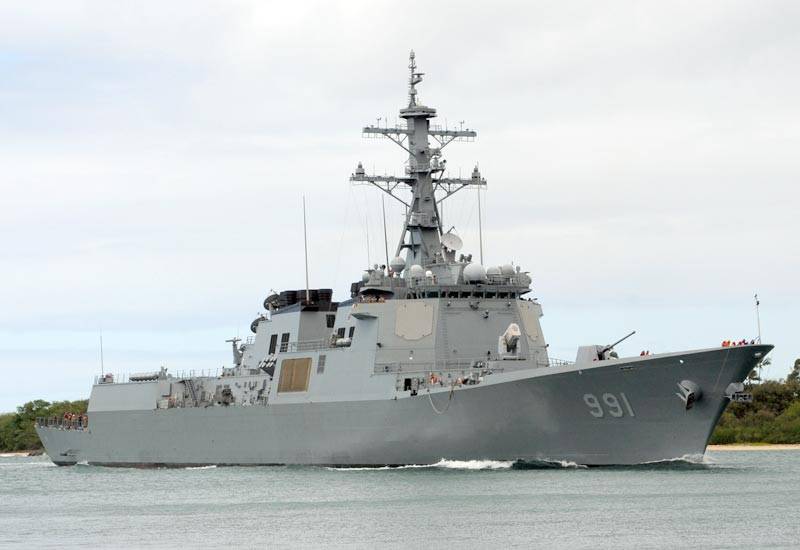
The King Sejong-class destroyers are analogous to the US Arleigh Burke-class URO destroyers. They are equipped with the American Aegis BIUS and the AN / SPY-1D multifunctional radar. The first destroyer was commissioned in December 2008, the second in August 2010, and the third in August 2012.
In addition to other weapons, each destroyer has 80 Mk 41VLS cells, which contain SM-2 Block III missiles with a maximum range of 160 km for hitting air targets and an altitude reach of over 20 km.
Missile defense of the Republic of Korea
Foreign experts believe that as of 2020, the DPRK may have more than 30 nuclear charges. Pyongyang has at its disposal several hundred operational-tactical missiles. Also in North Korea created and successfully tested MRBM, SLBM and ICBM. These missiles, in addition to high-explosive fragmentation warheads, can be equipped with cluster, chemical and nuclear warheads, which poses a great danger to American military bases, as well as civilian and defense South Korean facilities. Although, due to the significant circular probable deviation, North Korean missiles are unsuitable for hitting point targets, in the event of their massive use and equipping with unconventional combat units, the material and human losses of South Korea can be very high. Thus, during a massive attack on Seoul with Hwaseong-6 and Nodong-1/2 operational-tactical missiles, carrying warheads equipped with Soman and VX persistent nerve agents, the number of victims can reach hundreds of thousands. and material damage - billions of dollars.
It is clear that the military-political leadership of the Republic of Kazakhstan is forced to reckon with such a threat. But the creation of a national anti-missile defense system is a very costly program, and now only experimental and design developments are underway to create South Korean missile defense systems. The modernization of some of the Patriot PAC-2 GEM air defense systems purchased in Germany to the level of PAC-3 allows with a fairly high degree of probability to intercept only single OTRs and does not provide protection in the event of their massive use. The situation is aggravated by the fact that the standard radar systems of the Patriot air defense missile system have limited capabilities to detect attacking ballistic missiles.
For timely notification of a missile attack in 2012, the Republic of Korea purchased from Israel two radars of the EL / M-2080 Green Pine radar. The contract worth about $ 280 million, in addition to the radars themselves, included the supply of spare parts and consumables, auxiliary equipment, and personnel training.
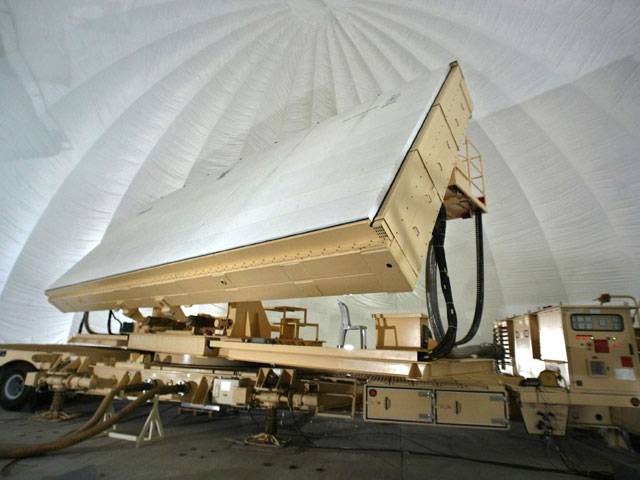
The EL / M-2080 Green Pine radar with AFAR has been produced by the Israeli company ELTA Systems since 1995. A radar station operating in the frequency range from 500 to 2000 MHz is capable of detecting a target at a distance of up to 500 km and can operate simultaneously in search, detection, tracking and missile guidance modes. A station in a given detection sector against the background of interference tracks more than 30 targets flying at a speed of more than 3000 m / s.
The EL / M-2080 radars were stationed on top of mountains in the central part of the country in the vicinity of Chinhon and Chohan. A new site was built for the EL / M-2080 radar located near Chinhon, and until 2017 the radar antenna post was open. 5 years after commissioning, the antenna was covered with a radio-transparent dome to protect it from adverse meteorological factors. For the early warning radar station in the Chohang area, a site was used where a stationary radar post was previously located and there was a protective radome for the antenna.
In 2018, it became known about the purchase of two more EL / M-2080 Block C radars. The contract value is $ 292 million, its final implementation should be completed in 2020. It is believed that the commissioning of four Green Pine stations will allow timely registration of a missile attack from the most likely directions.
However, the deployment of the EL / M-2080 radar, which makes it possible to promptly inform about a missile attack, does not solve the problem of intercepting ballistic missiles. American and South Korean air defense systems "Patriot" are unable to guarantee coverage of most of the country. In 2014, the Americans offered to deploy the THAAD anti-missile system in South Korea.
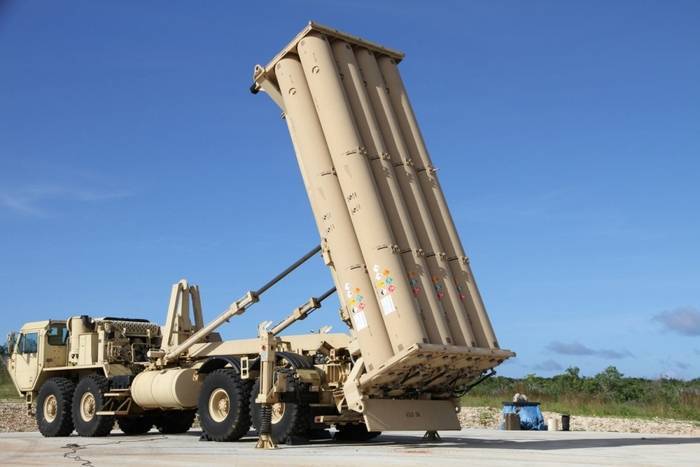
The AN / TPY-2 radar, which is part of the THAAD anti-missile system, operates in the X-band and is capable of detecting a ballistic missile warhead at a distance of 1000 km. An anti-missile missile with a launch weight of 900 kg is capable of destroying a target at a distance of 200 km, an interception height of 150 km.
Initially, the South Korean leadership, fearing a negative reaction from China to the deployment of the AN / TPY-2 radar, which is part of the THAAD anti-missile system, which, being under the operational control of the command of the US armed forces, could view the territory of the PRC, refused this proposal. The impetus for a change in the position of official Seoul regarding the deployment of the American missile defense system on the territory of the Republic of Kazakhstan was the DPRK's fourth nuclear test and flight test of the Tephodong-2016 ICBM in early 2 (under the guise of launching a North Korean satellite into low Earth orbit). In mid-2016, a US-Korean agreement was announced on the deployment of one THAAD battery (six launchers with 24 anti-missiles) in the Republic of Korea.
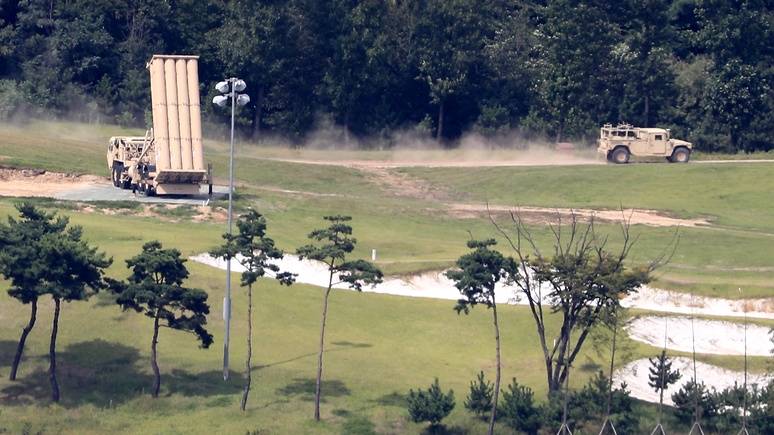
In September 2017, a THAAD missile defense battery was deployed on a former golf course 10 kilometers west of Gumi, Soju County, North Gyeongsang Province, about 300 kilometers southeast of Seoul.
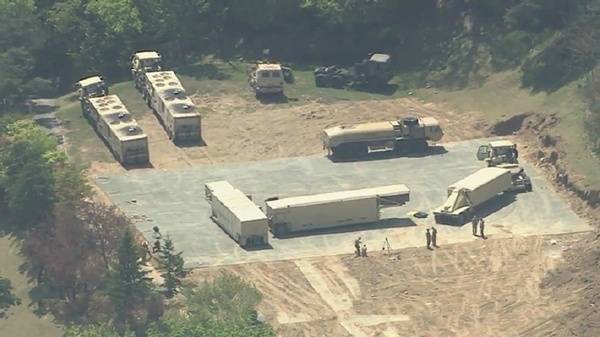
Analysis of satellite images of the THAAD anti-missile complex position indicates its temporary location. Compared to the well-equipped positions of the American Patriot air defense systems deployed in the vicinity of American airbases, this launch site is poorly prepared.
The THAAD battery located in Songju county primarily covers US military bases in South Korea, leaving a number of regions of the country, including Seoul, without its "umbrella". In this regard, in Korea, voices began to be heard louder and louder that they needed a second battery that would cover the metropolitan metropolitan area. It is not excluded that in the event the DPRK conducts new nuclear missile tests, Seoul and Washington will decide to increase the number of American missile defense systems in South Korea.
In 2016, after the next North Korean missile tests, the leadership of the Republic of Kazakhstan announced its intention to introduce American SM-3 Block IA interceptors into the ammunition load of King Sejong-class destroyers. However, no practical steps have yet been taken to implement this plan.
Apparently, the leadership of South Korea in the future decided to rely on its own long-range anti-aircraft missile system, tentatively designated L-SAM. In 2014, the Ministry of Defense of the Republic of Kazakhstan reserved an amount equivalent to $ 814,3 million for R&D on the L-SAM air defense system. It is planned to start testing the complex in 2024. According to information published by the Defense Research Agency, the L-SAM air defense system, in addition to fighting enemy aircraft, should provide the upper level of the echeloned missile defense system of the Republic of Korea. The complex will be entrusted with the task of intercepting ballistic missiles at altitudes up to 60 km in the final leg of the flight. If the development and testing of the complex can be completed in accordance with the schedule, the system will be put into service in 2028.
To be continued ...
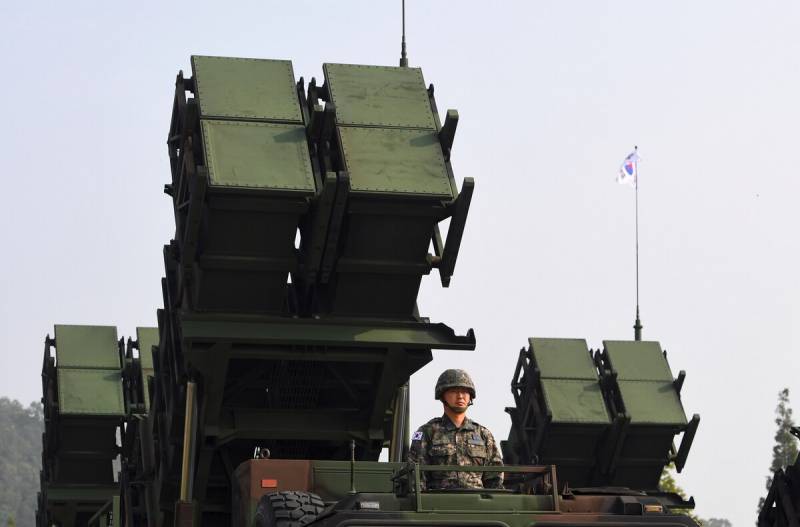
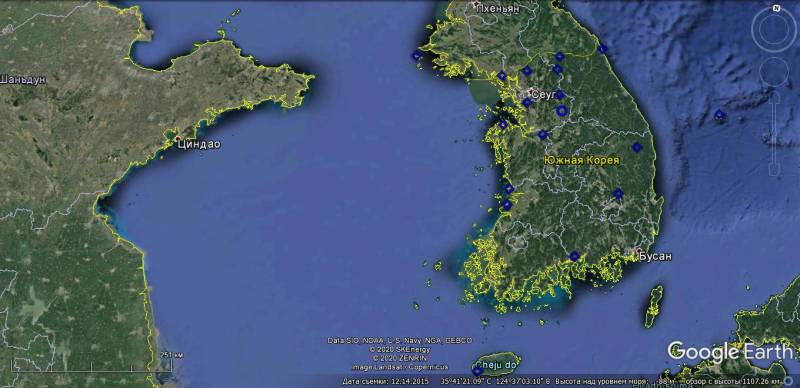
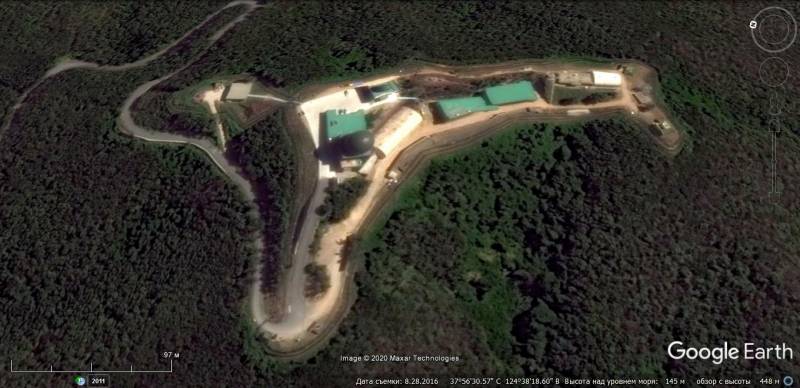
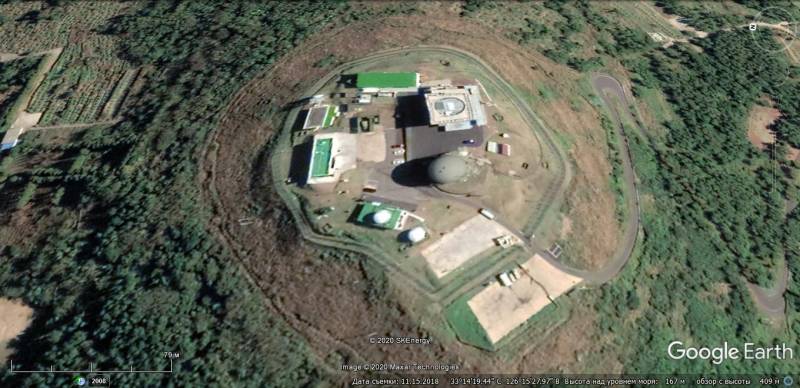
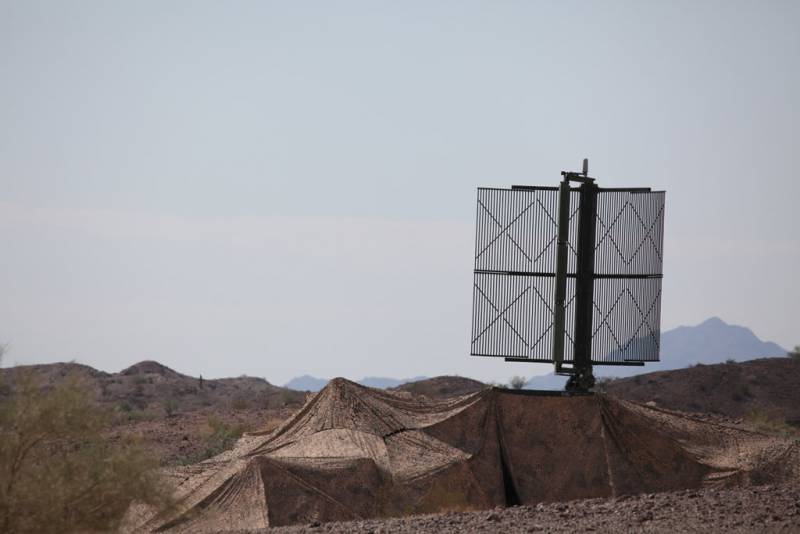
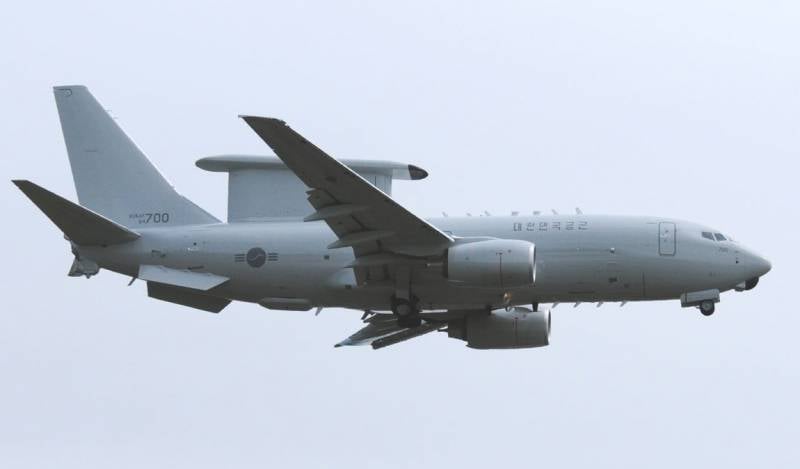
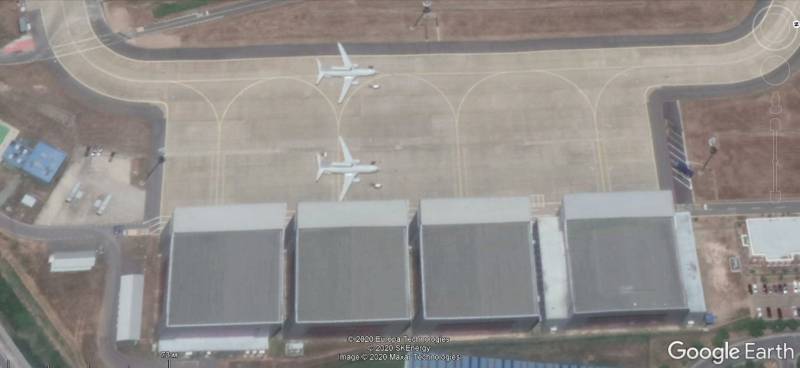
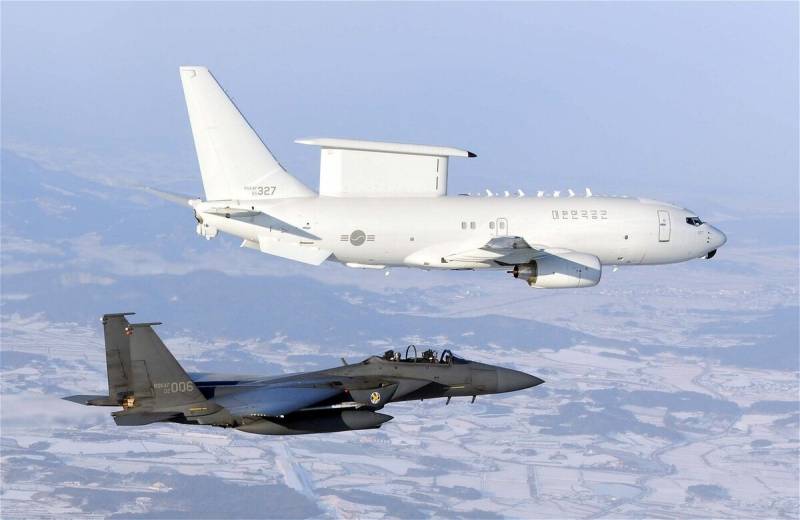
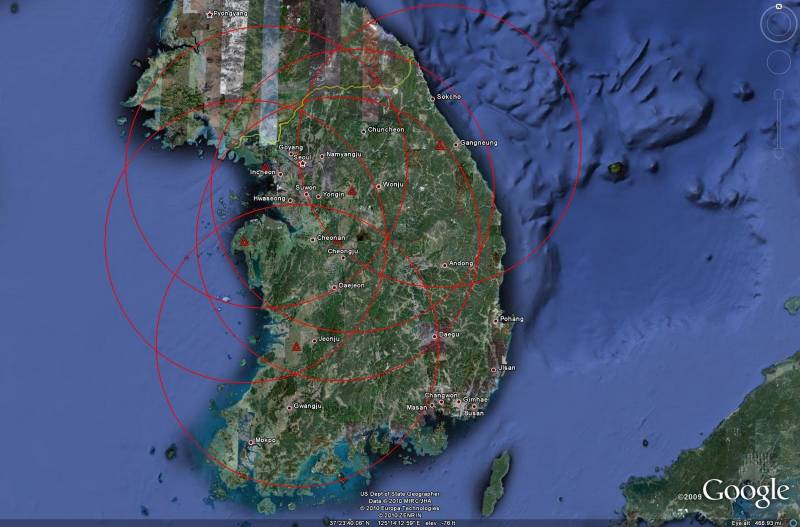
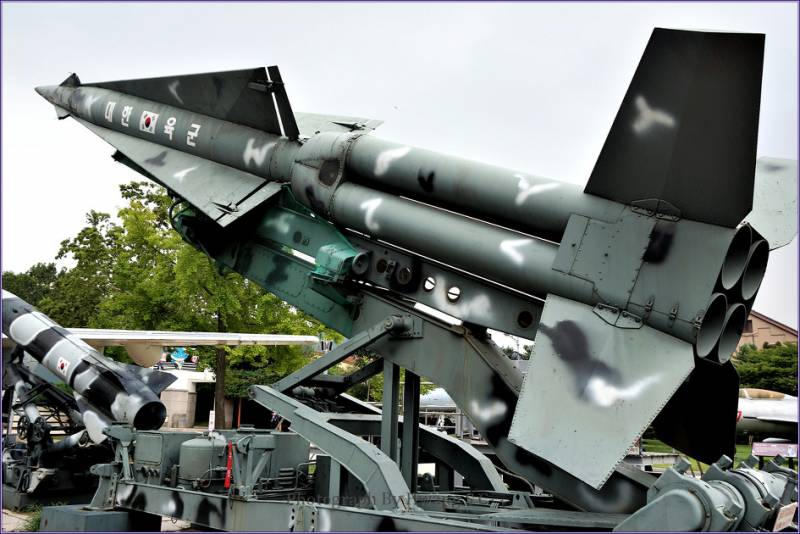
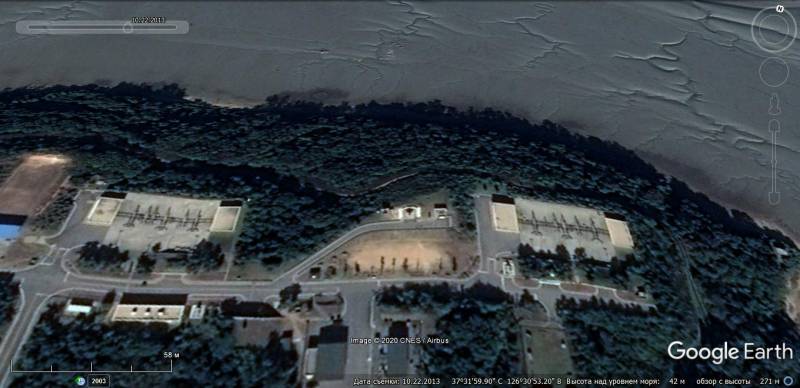
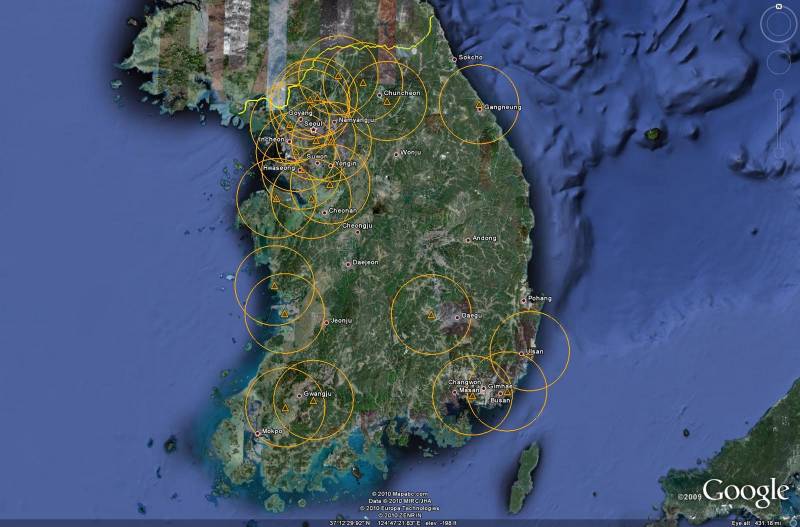
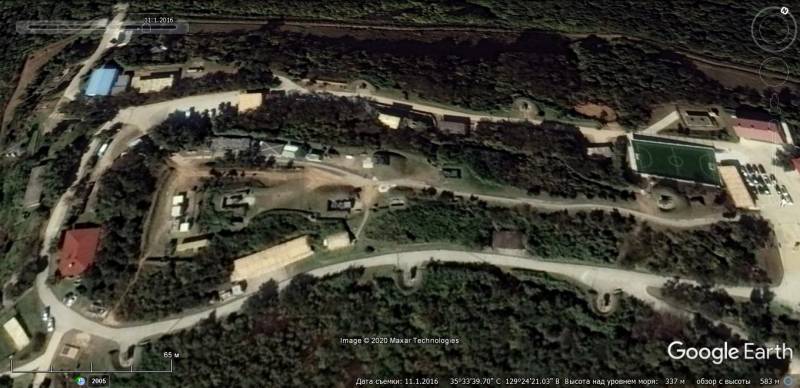
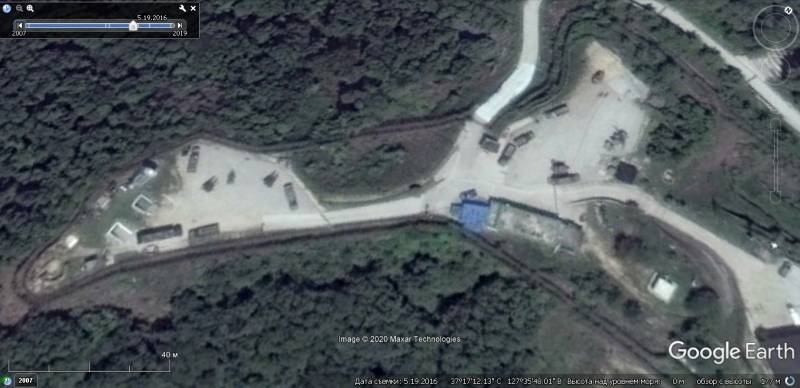
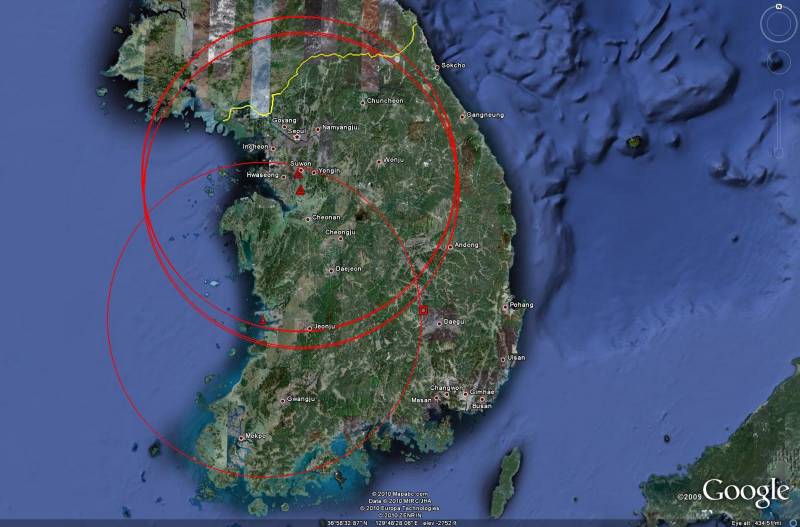
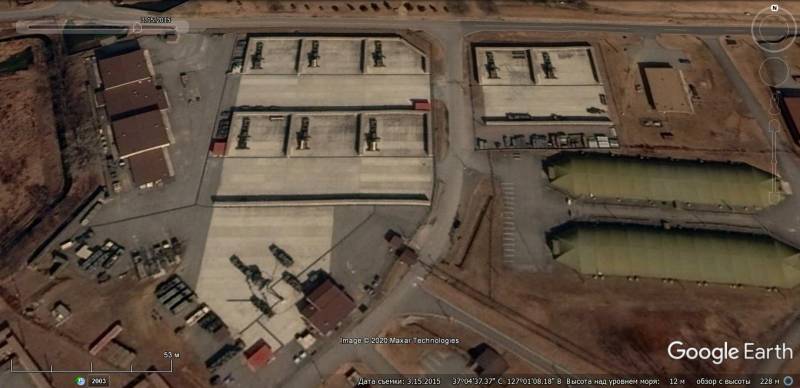
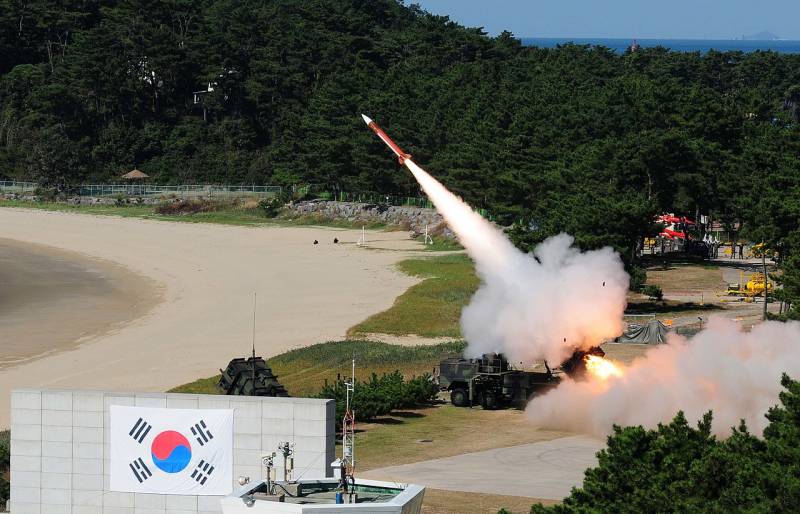
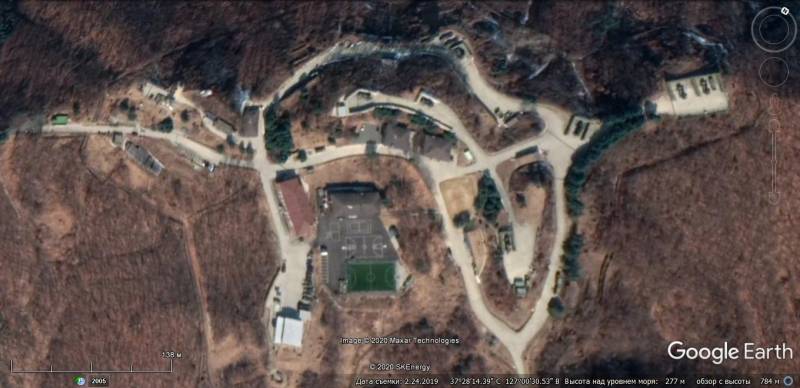
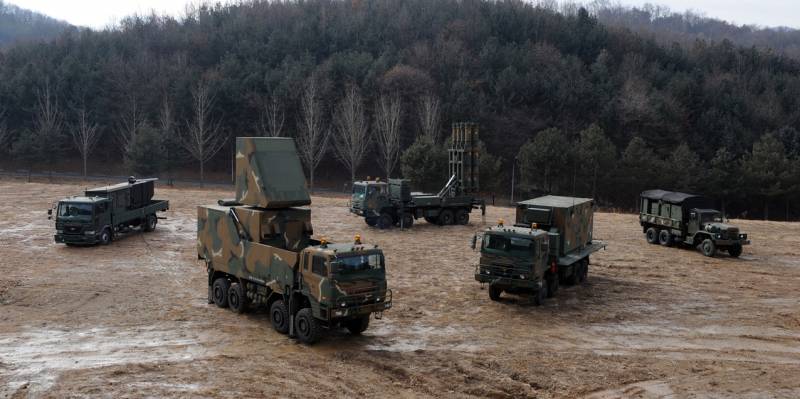
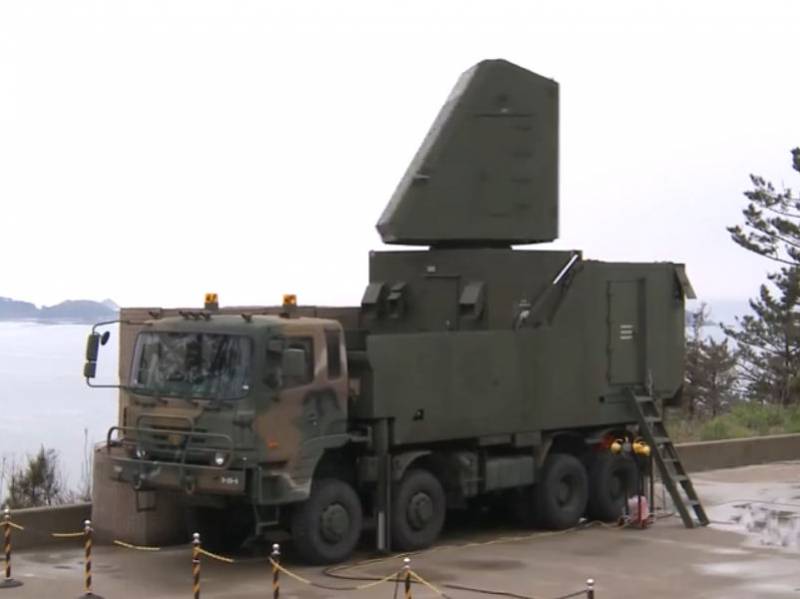
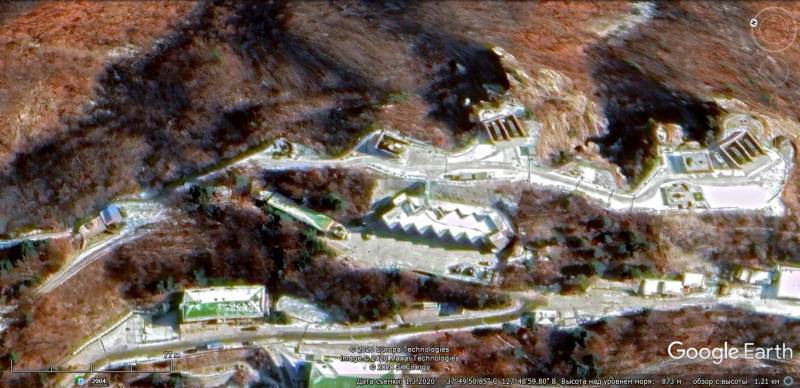
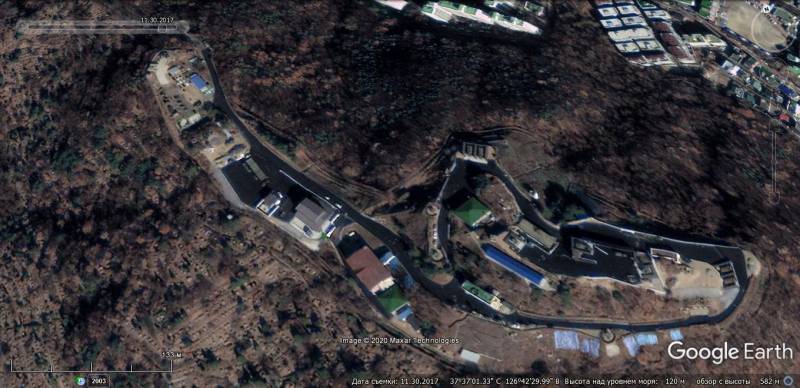
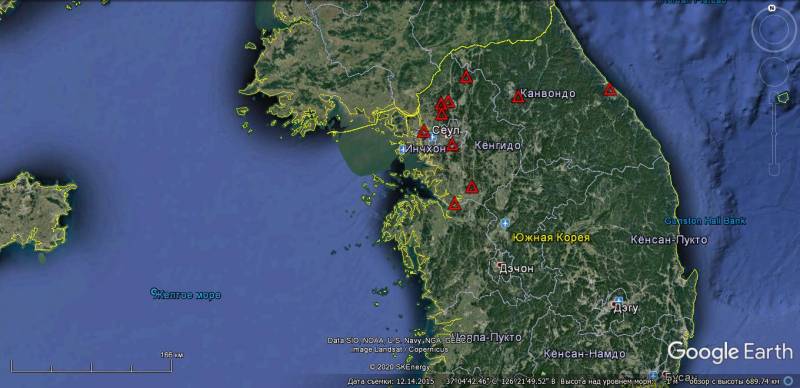
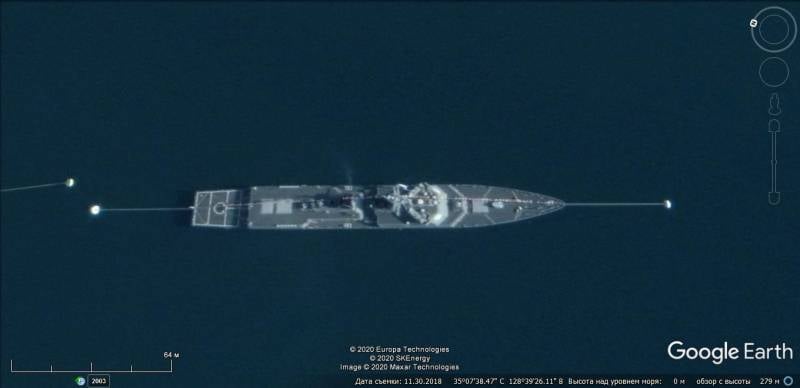
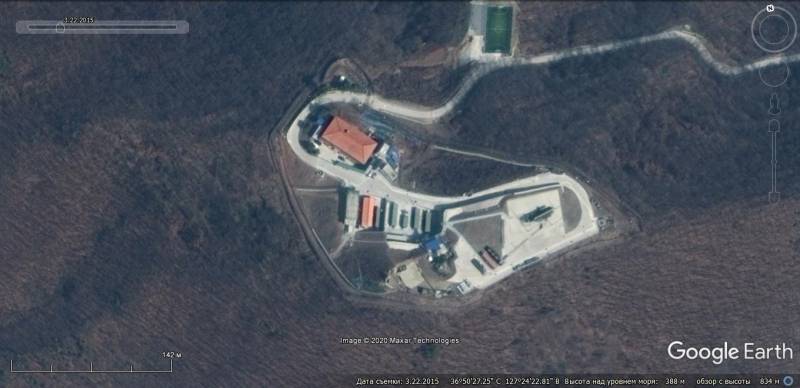
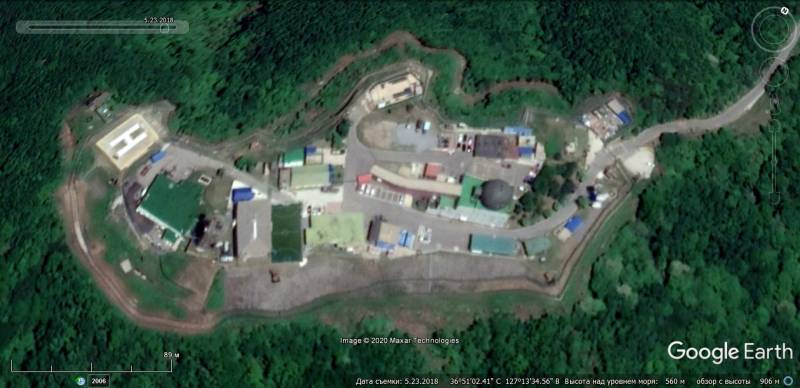
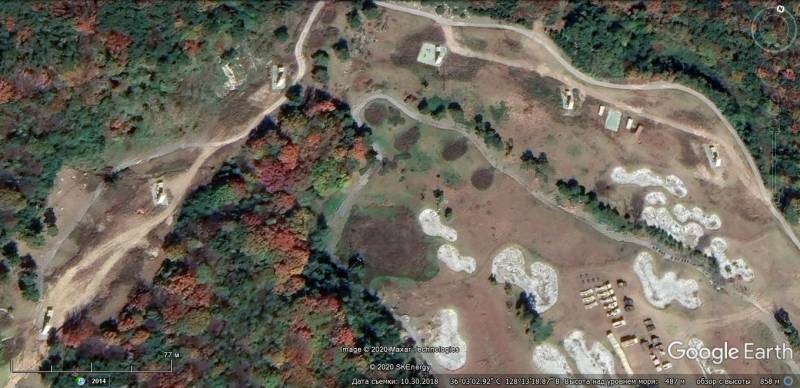
Information